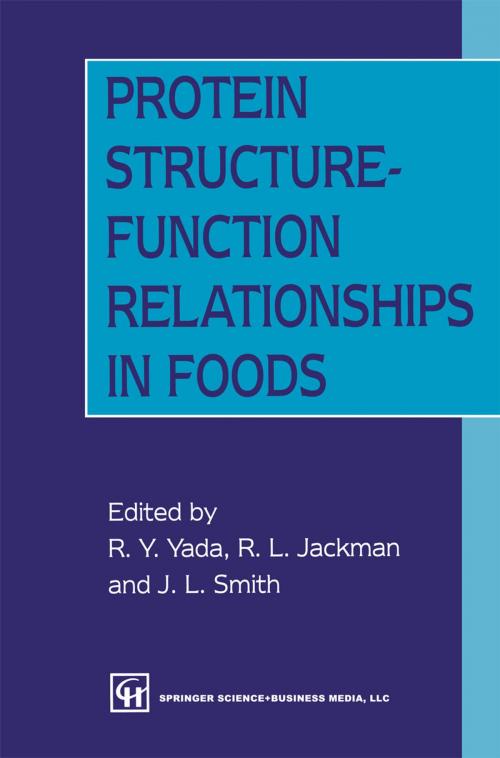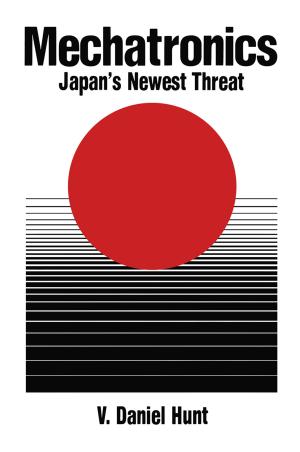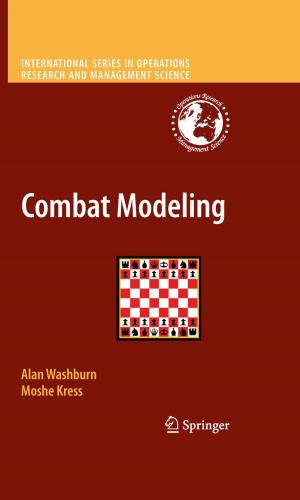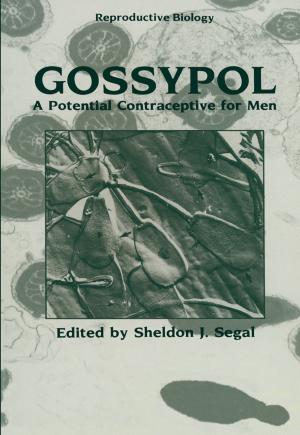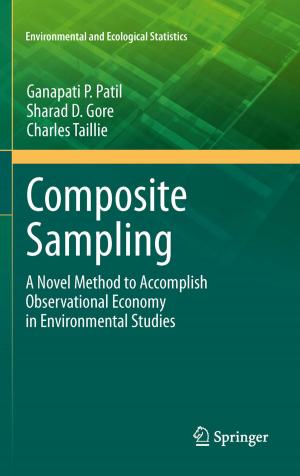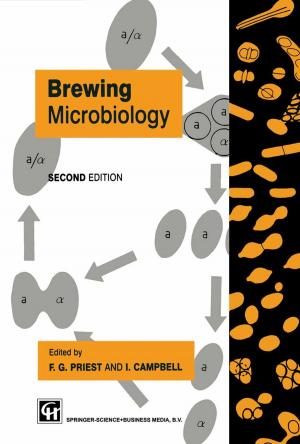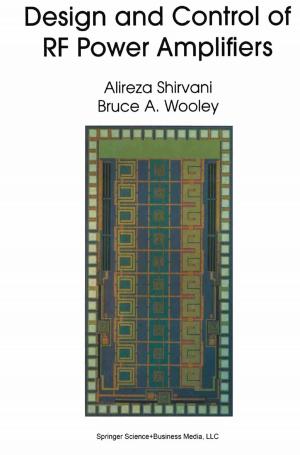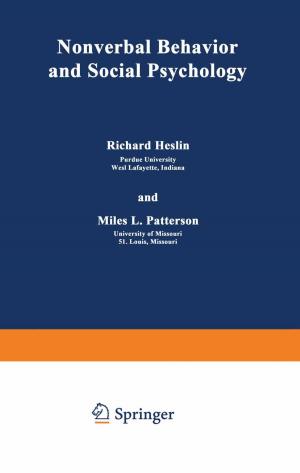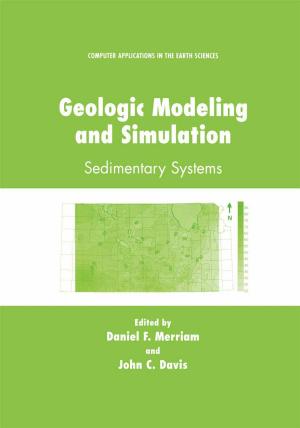Protein Structure-Function Relationships in Foods
Nonfiction, Science & Nature, Science, Chemistry, Physical & Theoretical, Technology, Food Industry & Science| Author: | ISBN: | 9781461526704 | |
| Publisher: | Springer US | Publication: | December 6, 2012 |
| Imprint: | Springer | Language: | English |
| Author: | |
| ISBN: | 9781461526704 |
| Publisher: | Springer US |
| Publication: | December 6, 2012 |
| Imprint: | Springer |
| Language: | English |
Food proteins constitute a diverse and complex collection of biological macro molecules. Although contributing to the nutritional quality of the foods we con sume, proteins also act as integral components by virtue of their diverse functional properties. The expression of these functional properties during the preparation, processing and storage of foods is largely dictated by changes to the structure or structure-related properties of the proteins involved. Therefore, germane to the optimal use of existing and future food protein sources is a thorough understanding of the nature of the relationships between structure and function. It is the goal of this book to aid in better defining these relationships. Two distinct sections are apparent: firstly, those chapters which address struc ture-function relationships using a variety of food systems as examples to demonstrate the intricacies of this relationship, and secondly, those chapters which discuss techniques used to either examine structural parameters or aid in establishing quantitative relationships between protein structure and function. The editors would like to thank all contributors for their assistance, co-operation and, above all, their patience in putting this volume together, and the following companies/organizations for their financial support without which it would not have been the success it was: Ault Foods Limited, Best Foods Canada Limited, Natural Sciences and Engineering Research Council of Canada, Ontario Ministry of Agriculture and Food, Quest International Canada Inc., and University of Guelph. R.Y.Y. R.LJ.
Food proteins constitute a diverse and complex collection of biological macro molecules. Although contributing to the nutritional quality of the foods we con sume, proteins also act as integral components by virtue of their diverse functional properties. The expression of these functional properties during the preparation, processing and storage of foods is largely dictated by changes to the structure or structure-related properties of the proteins involved. Therefore, germane to the optimal use of existing and future food protein sources is a thorough understanding of the nature of the relationships between structure and function. It is the goal of this book to aid in better defining these relationships. Two distinct sections are apparent: firstly, those chapters which address struc ture-function relationships using a variety of food systems as examples to demonstrate the intricacies of this relationship, and secondly, those chapters which discuss techniques used to either examine structural parameters or aid in establishing quantitative relationships between protein structure and function. The editors would like to thank all contributors for their assistance, co-operation and, above all, their patience in putting this volume together, and the following companies/organizations for their financial support without which it would not have been the success it was: Ault Foods Limited, Best Foods Canada Limited, Natural Sciences and Engineering Research Council of Canada, Ontario Ministry of Agriculture and Food, Quest International Canada Inc., and University of Guelph. R.Y.Y. R.LJ.
